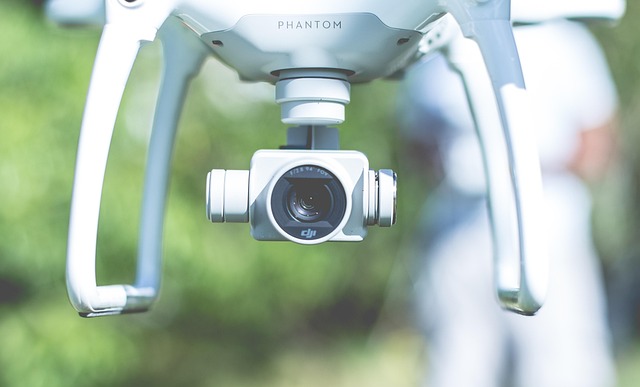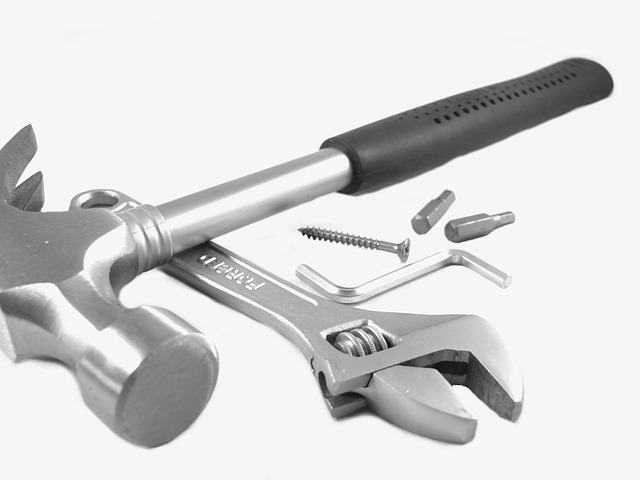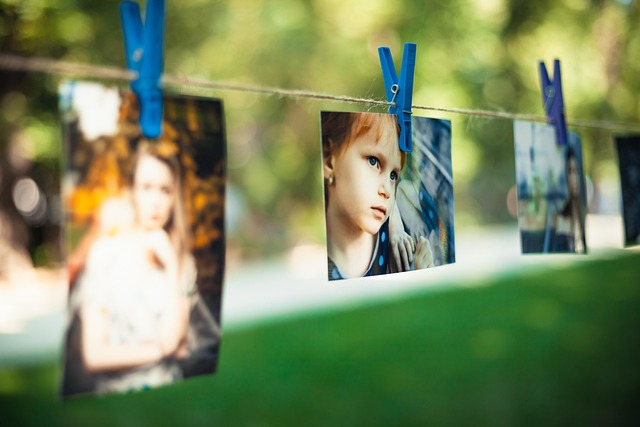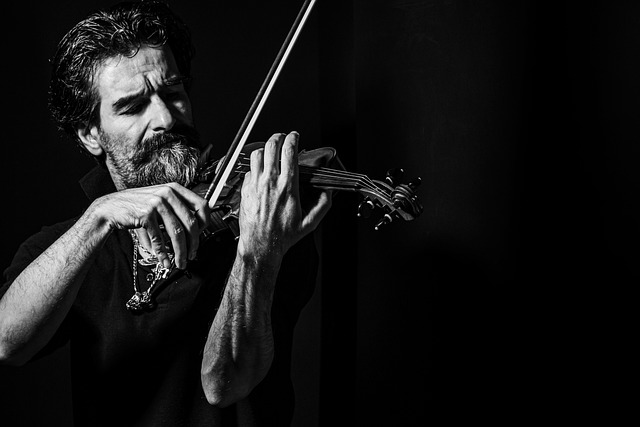In the ever-evolving landscape of photography, remote control technology has quietly shifted from novelty to necessity. And in the realm of fine arts and culture, its impact is deepening with every click made from afar. This isn’t about automation replacing artistry; rather, it’s about empowering artists to find new ways to express and engage within their creative environments.
For fine art photographers, the transition to remote control photography has unlocked unprecedented levels of precision and intention. No longer tethered directly to the camera, artists use smartphones, tablets, or even custom-built systems to control every nuance — from focus and shutter speed to angle and lighting — while maintaining a physical distance from the subject. This separation offers fresh creative space, where artists can explore new perspectives without disrupting the natural ebb and flow of their scenes.
In cultural documentation, especially within sensitive or sacred contexts, remote control photography introduces a delicate way to capture moments without intrusion. Think of rituals, performances, or everyday life unfolding within communities with deep-rooted traditions. Being physically present with a lens can sometimes alter or interrupt these expressions. But with remote control systems, photographers can stand respectfully aside — watching through their screens, yet deeply engaged — allowing authenticity to shine through each composition.
The art world has long celebrated experimentation, from surrealist techniques to digital manipulation. Remote-controlled photography becomes part of this lineage, offering tools that quite literally extend the artist’s reach. Imagine time-lapse installations stretching over days, drone-mounted cameras guided from galleries, or macro studies of ephemeral materials activated only when viewers approach. These aren’t just photographs — they are immersive expressions blending technology and tradition.
Culture, by nature, is a living organism. It changes, adapts, grows stronger with the infusion of innovation. Remote control capabilities offer both established and emerging photographers a way to interact with culture in subtler and more respectful ways, while still pushing boundaries artistically. Whether it’s documenting dying crafts, portraying urban transformation, or interpreting folklore through still imagery, the potential for deeper connection through distance is paradoxically real.




